What is Email Marketing Optimization? How to do it right?
Email marketing should be one of your main strategies as a marketer. Not only is email marketing a fantastic way to connect with your audience and keep your list warm, but it can (and should!) also be used to generate leads.
However, in order to convert more leads from your email marketing, you must first get your audience to open and click through on your newsletters. This is why, as email marketers, we are almost obsessed with open rates and clickthrough rates – increasing those metrics provides us with more opportunities to turn our audience into leads.
So, how do you craft the ideal email? How can you persuade your audience to open your email when they already have 17 others in their inbox? How can you make your deal compelling enough for them to click through and visit your landing page?
If you’re just starting out with email marketing or have been doing it for years, there are ways that you can optimize every single email you send. Let’s address them one by one in this article!
What is email marketing optimization?
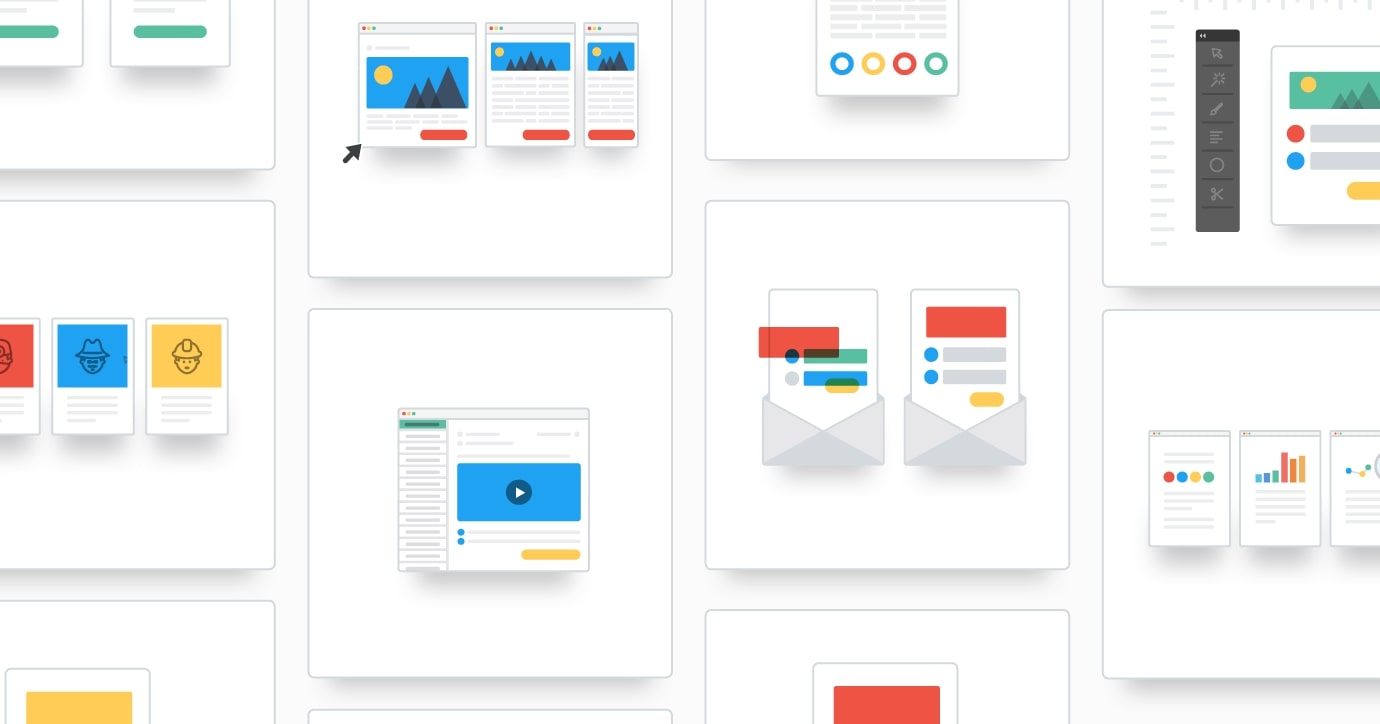
Email marketing automation is the practice of improving weak aspects of an email marketing campaign. Those aspects can be anything, from subject lines to targeted audience to the offer being made, that may hinder the performance of your campaign.
10 Email marketing optimization best practices
Since email marketing strategies can be hit or miss depending on implementation, lead and email list consistency, and a variety of other variables, it is critical to meticulously optimize your email campaigns for optimum email marketing conversion rate. Following these practices will help you increase your email click-through rate and achieve your conversion goal:
1. Always Use A Landing Page
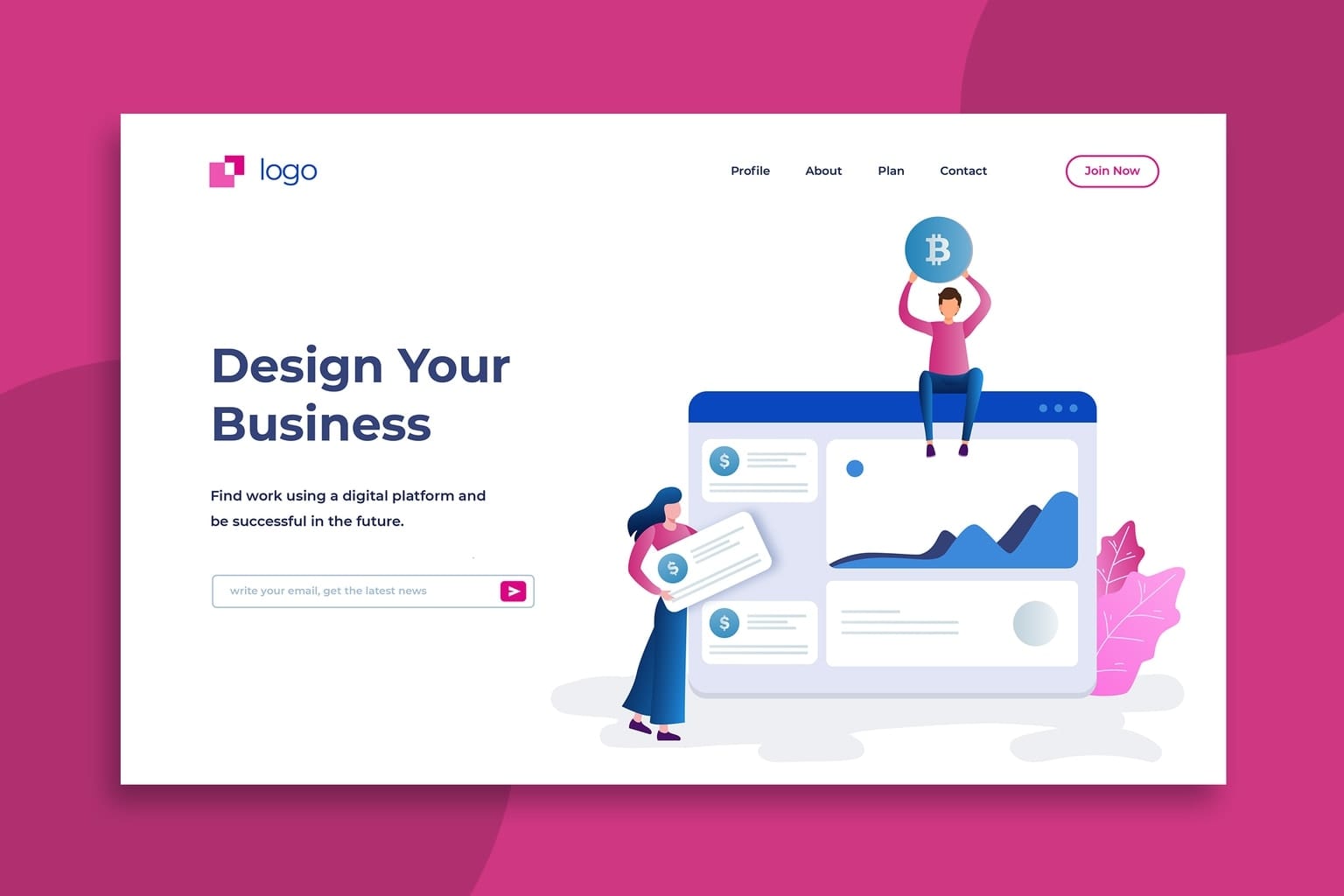
Don’t just direct people to your homepage and hope for the best. Successful email marketing campaigns should be closely linked to a dedicated landing page. This can differ depending on the form of email. For example, abandonment emails should preferably direct the recipient to where he left his cart. When email recipients arrive at this page, they should understand what you want them to do. The bounce rate on your landing pages would be greatly reduced as a result of this.
Landing pages also provide you with the ability to deliver rewards such as discounts and ungated content, which can help you convert more quickly. They often allow for personalization and the conversion of email subscribers for a particular or targeted deal. Readers would not be enticed if your email guides them to a generic site that does not have a personalized experience or has nothing unique to offer. You don’t have much time to entice them with an offer until they click away, so always use a landing page.
2. Write An Persuasive Subject Line
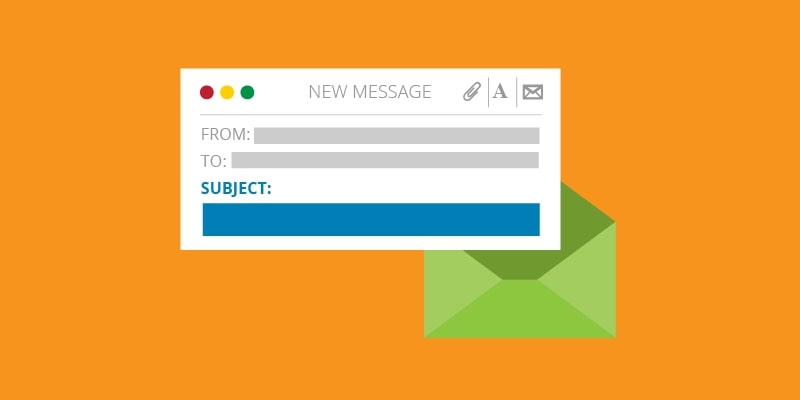
When creating a subject line, it’s crucial to think beyond the box to ensure that it’s not clickbait, but still persuasive enough to entice readers to open your text. You want to pique their interest when the email arrives in their inbox, or else they’ll skip to the one that catches their attention.
3. Use Visuals To Grab And Retain Attention

Visuals can be extremely useful in your email campaign. People react extremely well to visuals, which have been shown to dramatically increase interaction and average conversion rate. According to one report, adding photos to any message will result in a much higher interaction rate than text-only posts, which is significantly higher than average email conversion rates.
Take advantage of the opportunity to grab the reader’s attention both in the email and on the landing page. You can play around with emojis, stock images, diagrams, GIFs, and other elements. You don’t even need to hire anyone to create these for you because you can get them for free from online picture banks.
Also, different colors elicit different emotions and can help you better communicate your brand message. Do you want to pique your readers’ interest? This buzz can be created by using colors such as red. Do you want to add a touch of sophistication to your email? Colors such as white and black can be used. Color psychology is essential for your visuals; learn more about how color selection will help you increase conversion!
4. Use An Effective Call To Action
Although it will seem obvious, the importance of explicitly explaining what you want your readers to do cannot be overstated. People respond to calls to action because it gives consistency and helps them to make a purchase or step further down the sales funnel.
Make sure your call-to-action (CTA) is solid, straightforward, concise, and actionable. Aside from that, customized CTAs have been shown to increase conversions by more than 200 percent. So, go a step further and personalize your CTAs based on criteria like your readers’ location, preferences, demographics, and so on to capture their attention and entice them to take the desired action. Here’s an example of an eye-catching CTA:

5. Create A Sense of Urgency And Scarcity
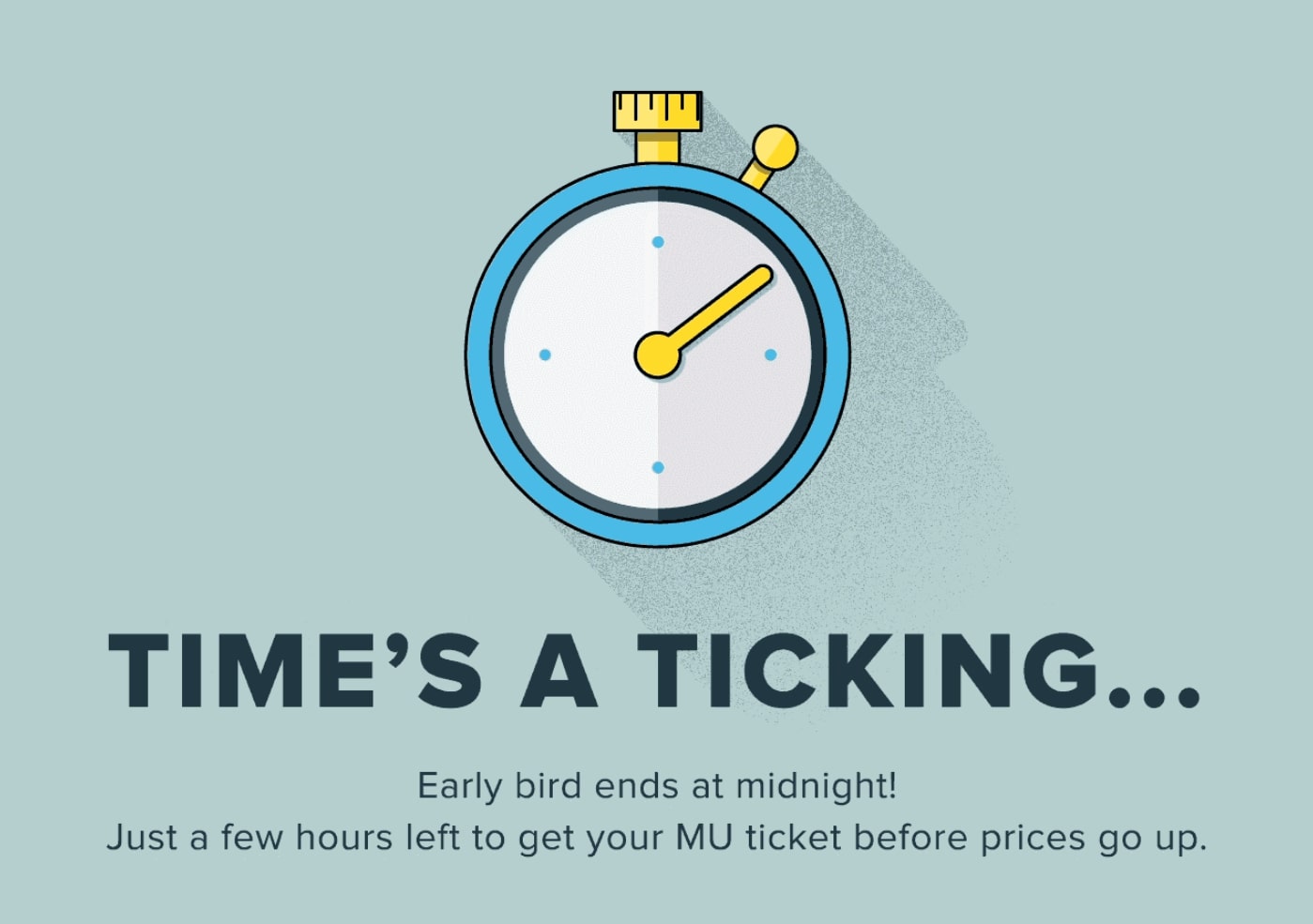
This is one of the oldest methods yet the most effective methods in the book. Creating a sense of urgency will help you convert more readers by motivating them to move quickly. For example, if you are offering a special deal, you can make it available for a limited time and include a countdown clock in your email to highlight the urgency.
Another excellent tactic is scarcity. If you’re running a deal, why not have a discount code that only the first 100 customers will be able to use? These strategies give customers the impression that they are receiving a special deal while urging them to act quickly.
6. Make Your Emails Personal
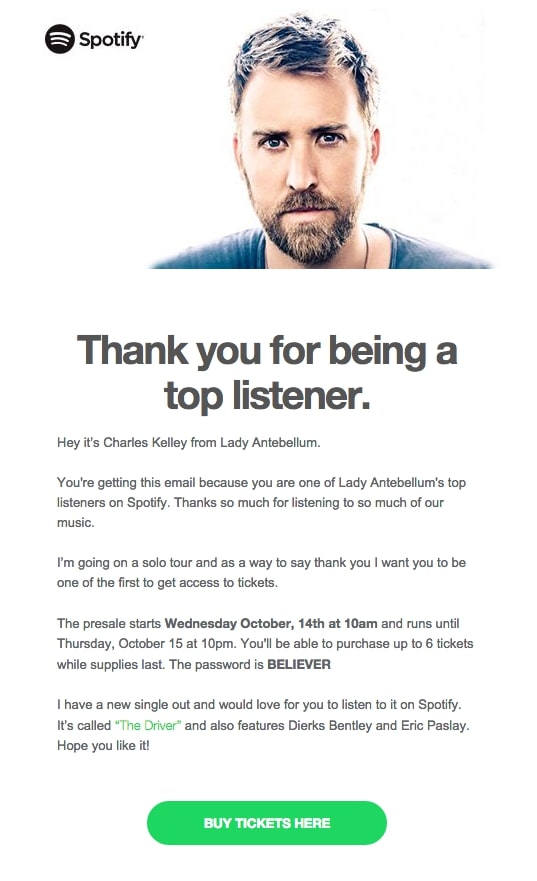
If you collect customer data that allows you to get to know them better, you can give them more personalized emails that cater to their unique interests. You can target your audience based on their location, interests, demographics, whether they are a prospect or a loyalist, and a variety of other factors that will enable you to better customize your email material.
This can be as simple as using someone’s name in the text. People feel more close to a brand when it talks about them as individuals, and as a result, they are more likely to react.
7. Focus On The Frequency of your Emails
People often get irritated and unsubscribe if they receive promotional emails too frequently. As a result, having the frequency correct is critical for engaging with your audience, maximizing conversions, and keeping the unsubscribe rate under control.
Since there is no one-size-fits-all solution, you must focus your email frequency on factors such as your campaign’s target, your consumer buying lifecycle, audience segmentation, industry best practices, and so on. All you need to do is make sure your emails add value while still achieving your campaign target. You can A/B monitor the frequency of your emails to see what works best for your conversions.
8. Check Open Rates And Email Deliverability
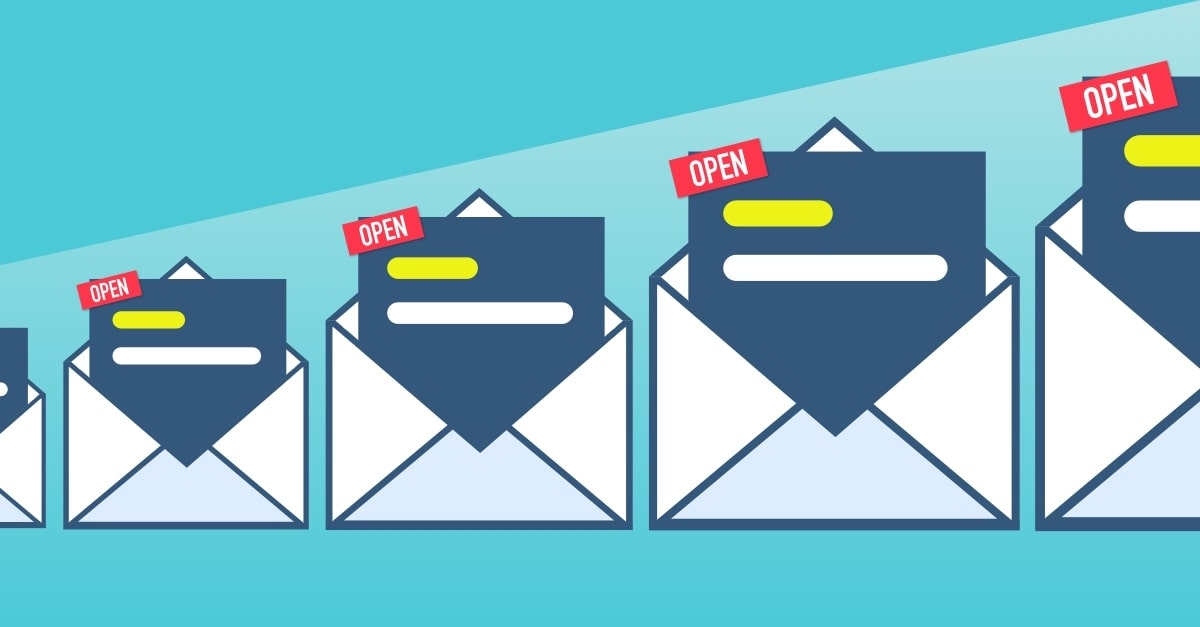
Email addresses that have been acquired do not always have monetary value. If an email address is no longer in use, you can delete it from your database because it is unlikely to result in a positive outcome. All it will do is distort the outcome of your campaign. Another statistic to keep an eye on is the open rate. If your campaign has a high open rate but a low conversion rate, it might be time to change the design, copy or offer of your emails.
9. Split Test All Important Elements
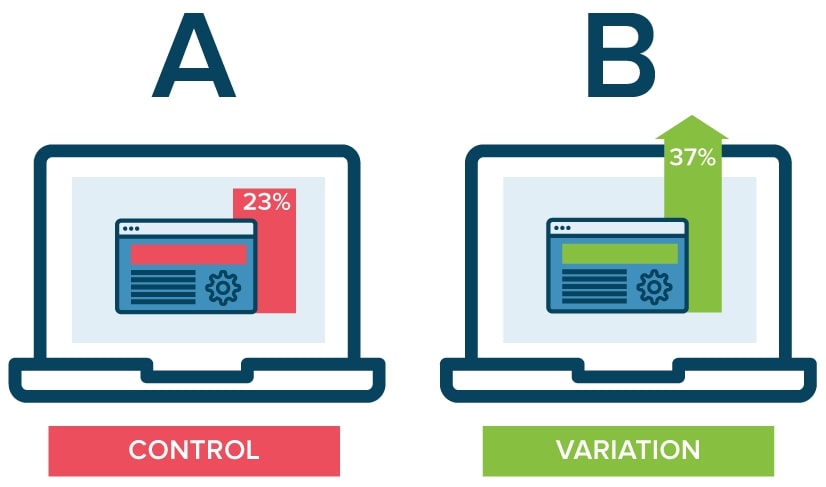
As a marketer, split testing is your best friend. It is your chance to compare and determine what works best for your readers and industry. Split testing can be done on elements as basic as the graphics on your landing page or inside an email, as well as the wording of your CTA. If one variation has a slightly higher conversion rate than the other, you’ll be confident in making the move.
So, develop data-driven hypotheses, conduct successful experiments, and use the results to refine your email marketing campaigns for conversions. Split testing enables you to learn what works best for your individual mailing list and to focus your marketing efforts.
10. Optimize Your Campaigns For Mobile
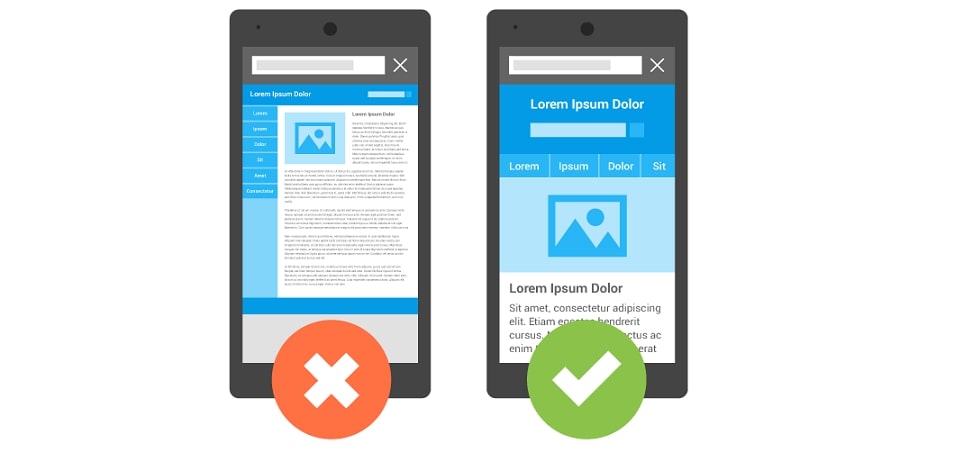
Mobile devices now account for more than half of all email opens. If your emails are not responsively designed, you might be losing out on interacting with more than half of your audience. It’s easy to see why people would click away if you don’t optimize for mobile viewing. Text may become difficult to understand, and formatting errors may occur, making the email appear unprofessional.
The image below demonstrates how responsive design can make it easier to read content by eliminating the need for uncomfortable squinting to see smaller text.
With these helpful practices, you’re ready to refine your email marketing strategies for conversions. So, get started by creating delightful emails that engage recipients and convert them more quickly.
Final words
That’s it! I hope that this article has provided you with valuable information about email marketing automation. Please feel free to leave comments below for further discussion on this topic!
New Posts






